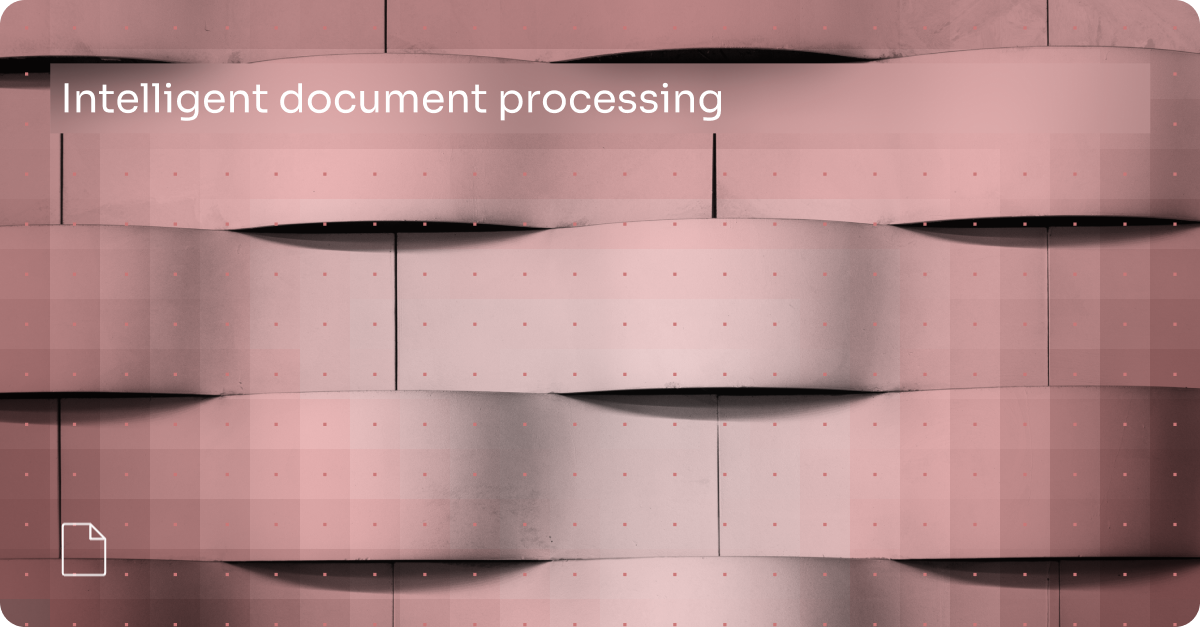Healthcare’s digital transformation has room for improvement. In a 2022 poll, the Medical Group Management Association asked healthcare leaders, “What is your most common patient check-in method?” The majority (83%) said “front desk,” followed by “online” (7%), “phone” (3%),” “text” (3%), and “kiosk” (3%).
The electronic health record (EHR) set a new standard for how patients and providers interact with medical records—and it remains the source of truth for understanding patients’ medical history. Most healthcare organizations recognize the importance of enhancing their EHR with other tools to drive better patient engagement.
However, investments in legacy patient engagement solutions continue to fall short of patient expectations because they don’t seamlessly integrate with EHRs—and don’t reduce any of the manual touches or handoffs staff currently perform.
A true EHR integration is bi-directional
Digitizing patient records was undoubtedly a step in the right direction, but it did not go far enough. Although many patients see a slick-looking front end, healthcare still consists of workqueues, faxes, manual data entry, and mundane tasks that require people to complete. This is at least partly due to a lack of true integration. Let’s take a look at an example of digital appointment scheduling:
Without true bi-directional EHR integration:
- Patient experience: Finds a PCP online, in their network, and submits an appointment request
- Staff experience: Receives an appointment request. Has to call the patient to collect demographic information and manually create the appointment in their EHR.
With true bi-directional EHR integration:
- Patient experience: Finds a PCP online, in their network, schedules an appointment in their preferred time slot.
- Staff experience: The appointment populates in the EHR. Pre-appointment reminders and registration forms are sent three days ahead of time automatically.
Common EHR data integrations
In healthcare, no single integration method can meet all your needs (yet). We put together the pros and cons to help better understand when and how to use which one. The following is not an exhaustive list—just the most common types we see in healthcare.
Robotic Process Automation (RPA)
Robotic Process Automation (RPA) is the codification of a series of steps in a process that a human might do, turned into a software program that can run on top of various applications.
Pros
- Automates time-consuming, repetitive tasks
- Reduces human error
- Decreases labor costs
- Can be scaled up or down based on an organization’s needs
- Can be more easily customized to meet unique organizational needs
Cons
- Up-front investment in technology, training, and infrastructure to achieve high reliability
- Ongoing IT support and maintenance
- Not well-suited for tasks that require variable judgment
- Only as good as the data you have
Great for: Custom fields & data, sequential steps & inputs, and data not covered by interface specs, and more.
Application Programming Interfaces (APIs)
Application programming interface (API) is an intermediary that allows different systems to communicate using common protocols and standards, enabling them to share data back and forth in a structured and controlled manner.
Pros
- Enable real-time data updates
- Generally reliable and performative
- Easier integration of emerging technologies into existing systems
- Add new functionality without overhauling existing infrastructure
Cons
- Require ongoing maintenance and updates as standards evolve
- Non-regulated APIs can encounter disruptions or discontinuations or are often gate-kept
- Specifications don’t always cover 100% of your needs, and what’s in the spec vs. what’s actually implemented by the developer may have gaps too
Great for: Real-time actions, payment processing and posting, patient check-in, scheduling, and more.
Health Level Seven (HL7)
HL7, or Health Level Seven, is a non-profit organization that develops and maintains standards for exchanging electronic healthcare data via interface layers such as TCP/IP sockets, file transfer protocols, or message queuing systems. These standards are commonly known as HL7 v2 and facilitate the transfer of clinical and administrative data between software applications used by healthcare providers.
Pros
- Facilitates reliable data exchange across disparate systems, devices, and applications in healthcare
- Standardizes information format
- Provides timely access to patient information
- Generally well adopted and used
Cons
- Setup can be technically complex and resource-intensive
- Requires training or hiring skilled personnel with specialized knowledge
- Customizing interfaces to work with specific systems can be costly
- Requires ongoing maintenance
Great for: ADT notifications, referrals, orders, flowsheet data, and more.
Secure File Transfer Protocol (SFTP)
Secure File Transfer Protocol (SFTP) is a protocol used for securely transferring files over a network. It utilizes SSH, or secure shell, for authentication and data encryption, providing a more secure method of file transfer compared to older FTP methods. SFTP ensures that file exchanges between a client and server are conducted securely.
Pros
- Efficiently and easily send data back and forth since it’s encrypted, safe, and secure
- Not complicated to set up for either the sending or receiving organization
- Relatively low lift for exchanging data between two parties
Cons
- Limited functionality—it’s just sending data
- It doesn’t do anything; the onus is on the organization to action it
Great for: CSVs, patient lists (e.g. schedules, discharge lists), operational reports, and more.
There isn’t a one-size-fits-all integration approach
As you read above, there are tradeoffs with each type. To ensure you’re driving anticipated outcomes, consider using a framework like this one to map out your approach and needs.

Remember: there’s not a single solution that will solve all your problems—but having or partnering with a vendor with a flexible approach can help.










